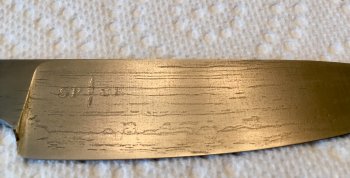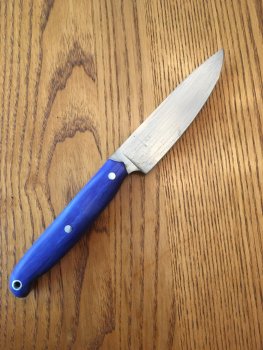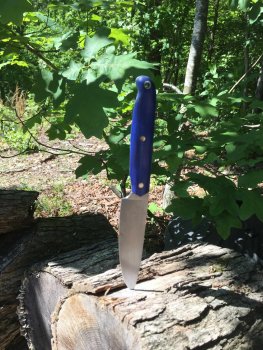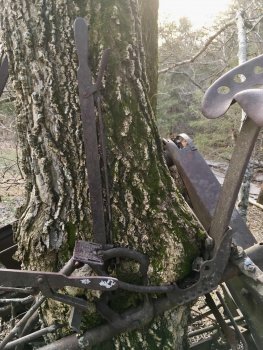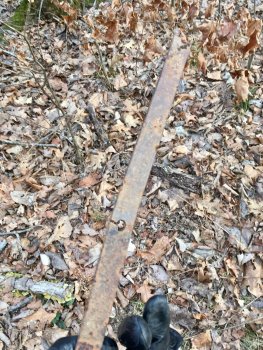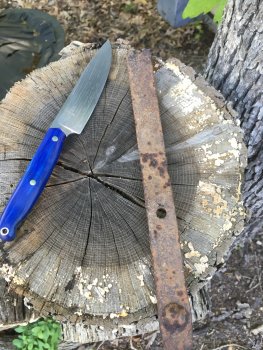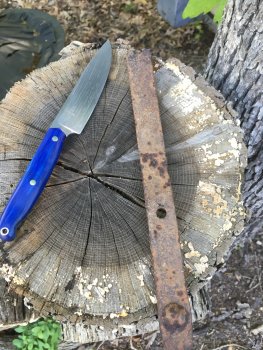johnnyjump
Well-Known Member
I forged this blade from part of an old plow I found out in the woods. Not sure what type of steel it is, though it produced a fair amount of sparks while grinding. After etching, I ended up with this curious pattern similar to Damascus though there wasn’t any other forge welding done. Anybody care to comment on what the wavy lines might be from? The blade is plenty hard and sharp.

